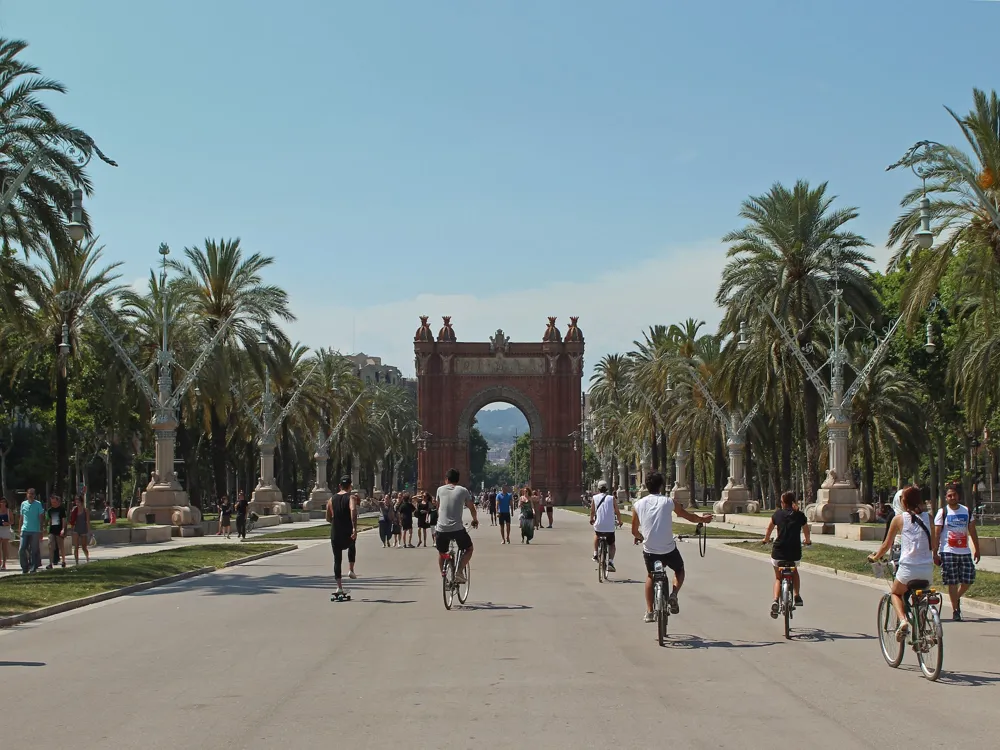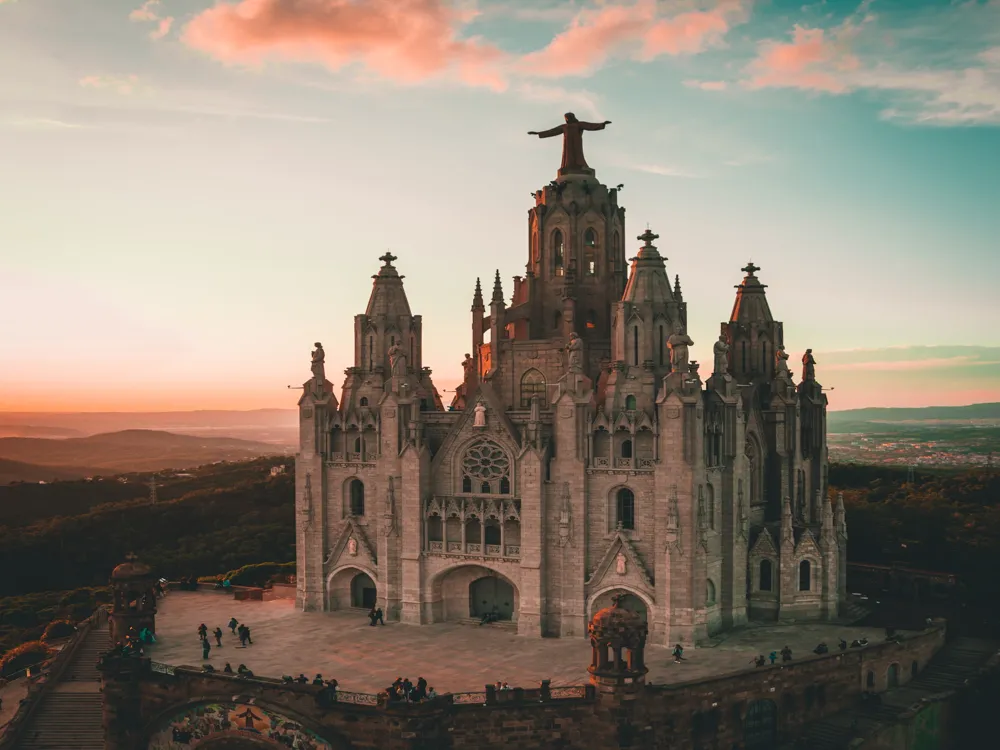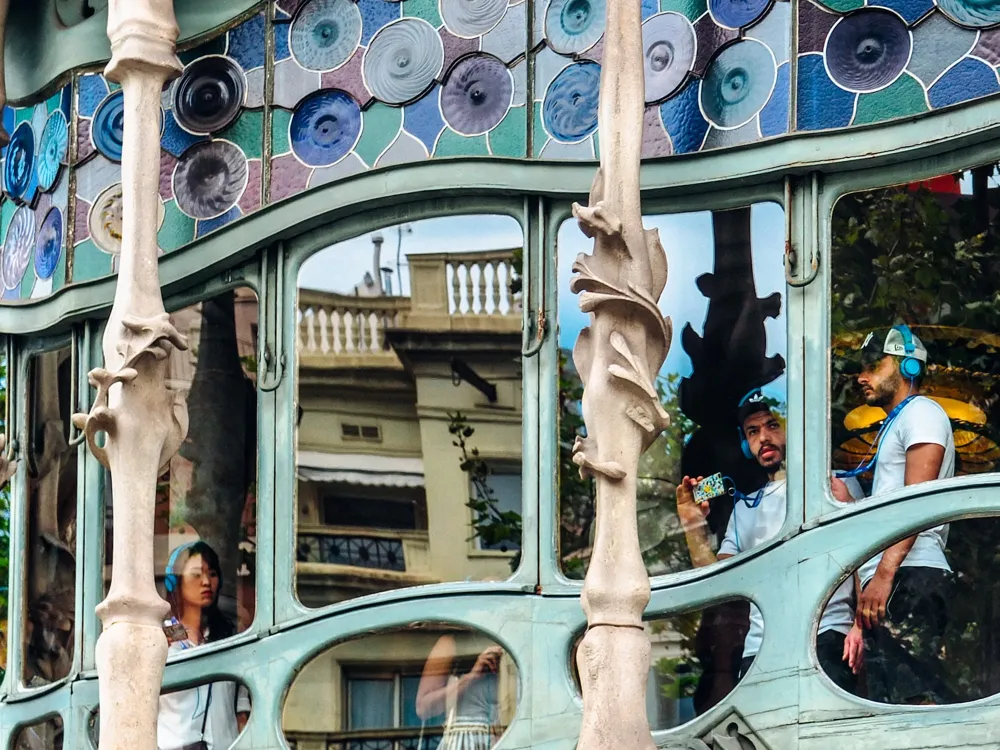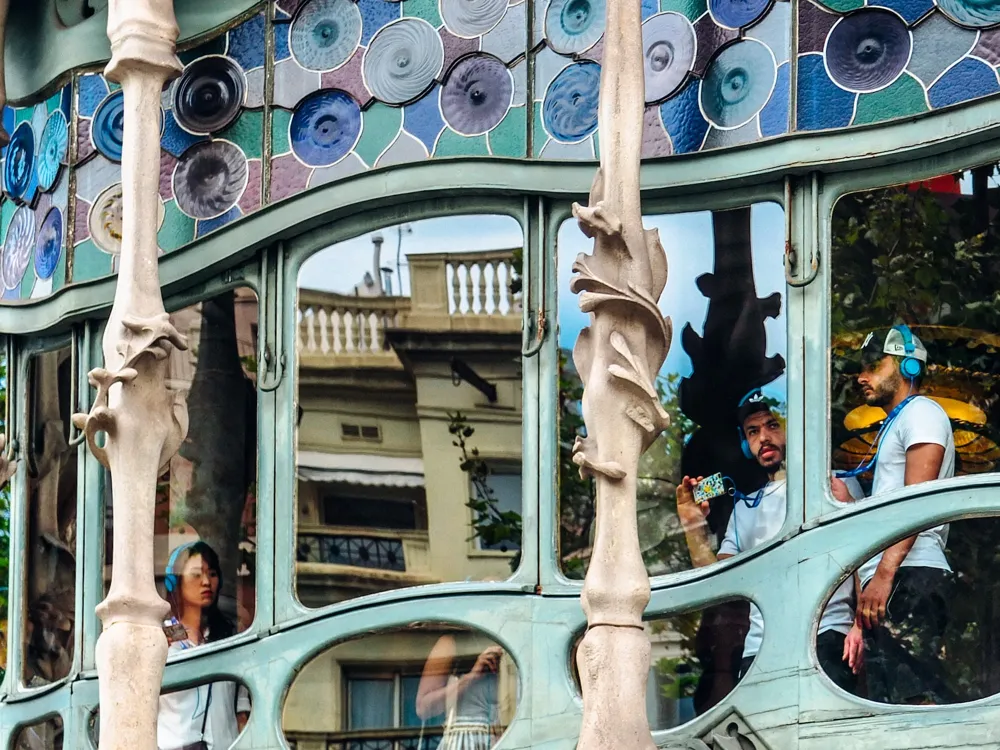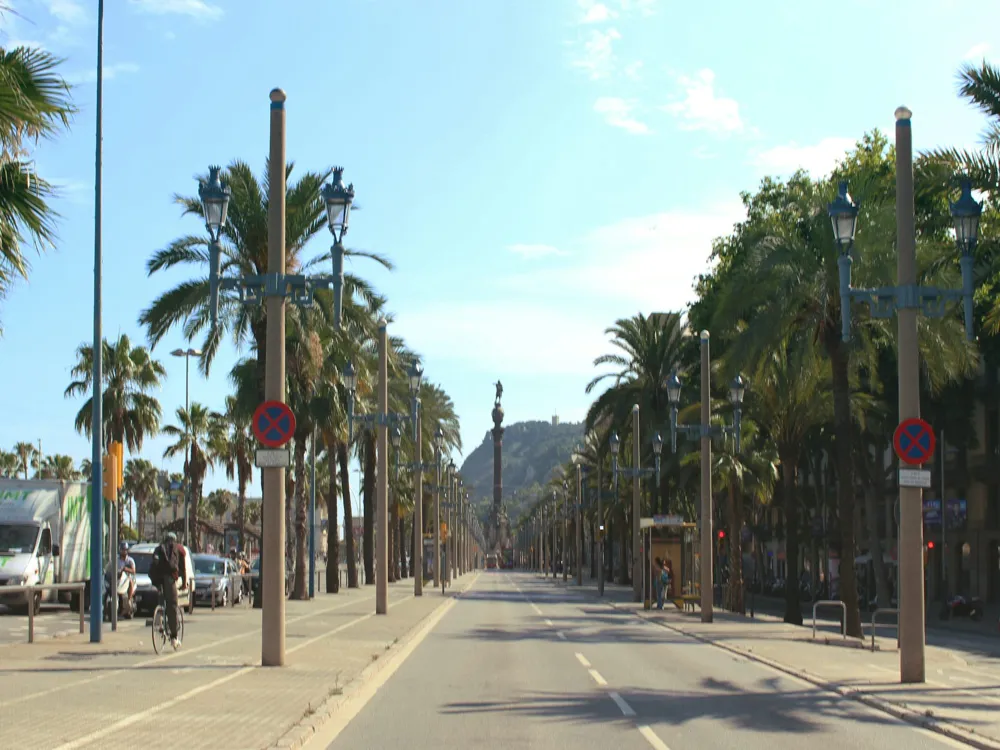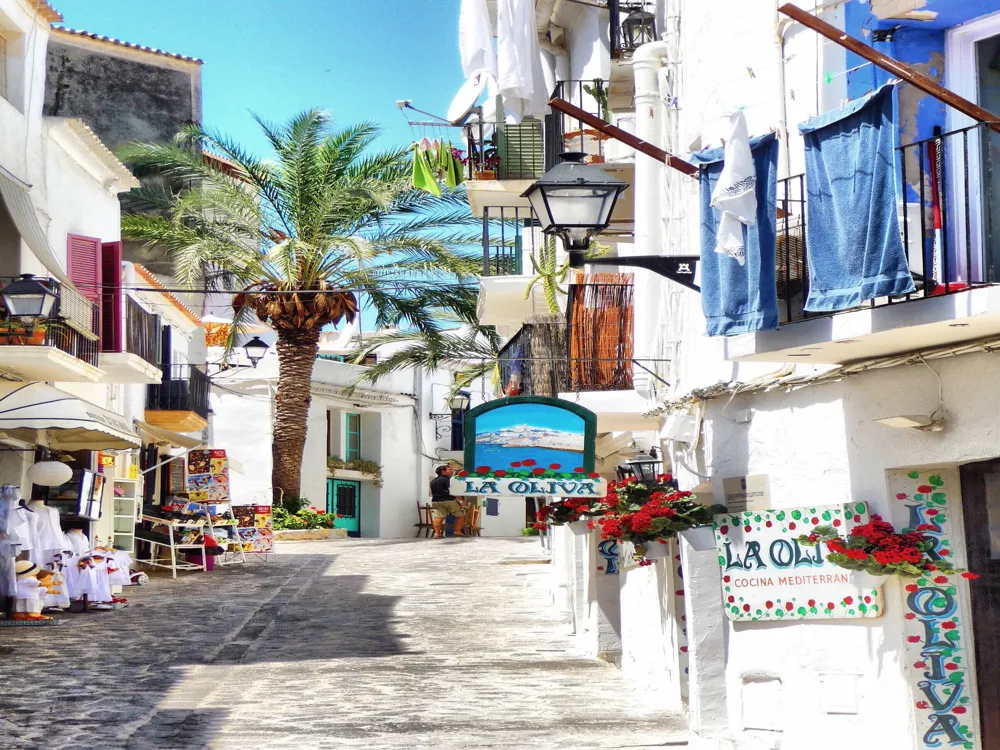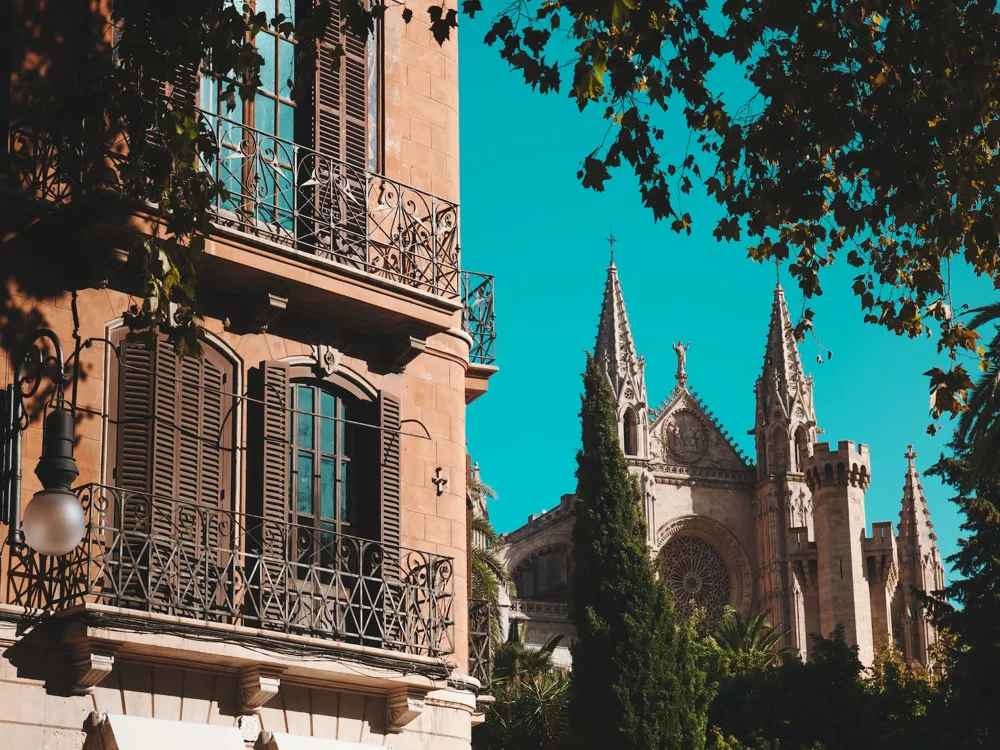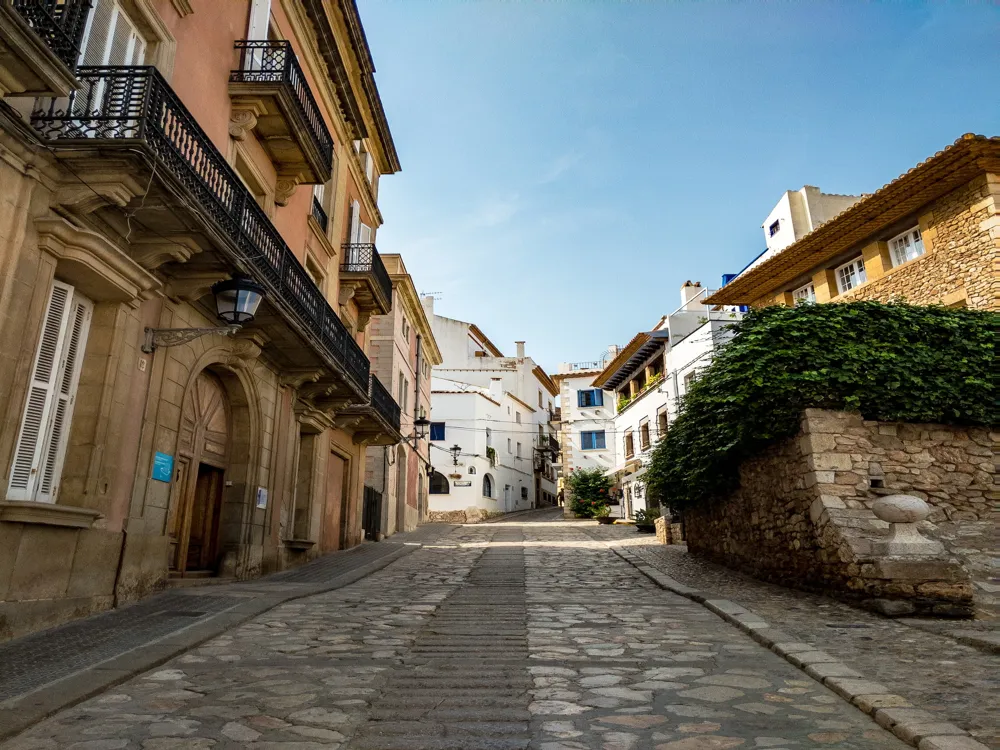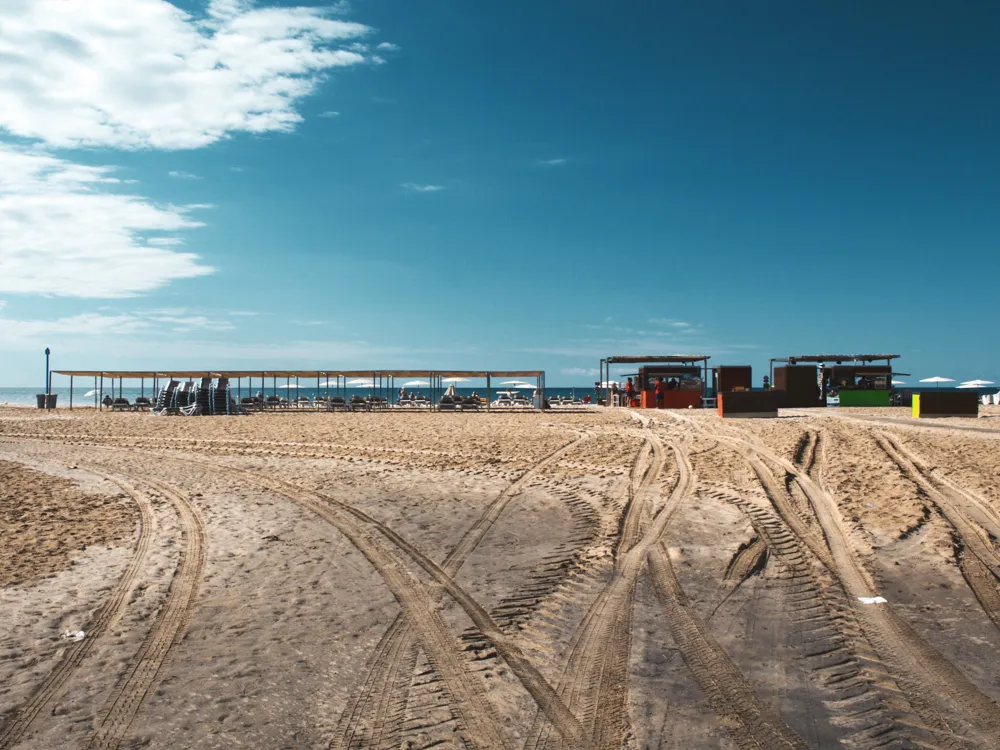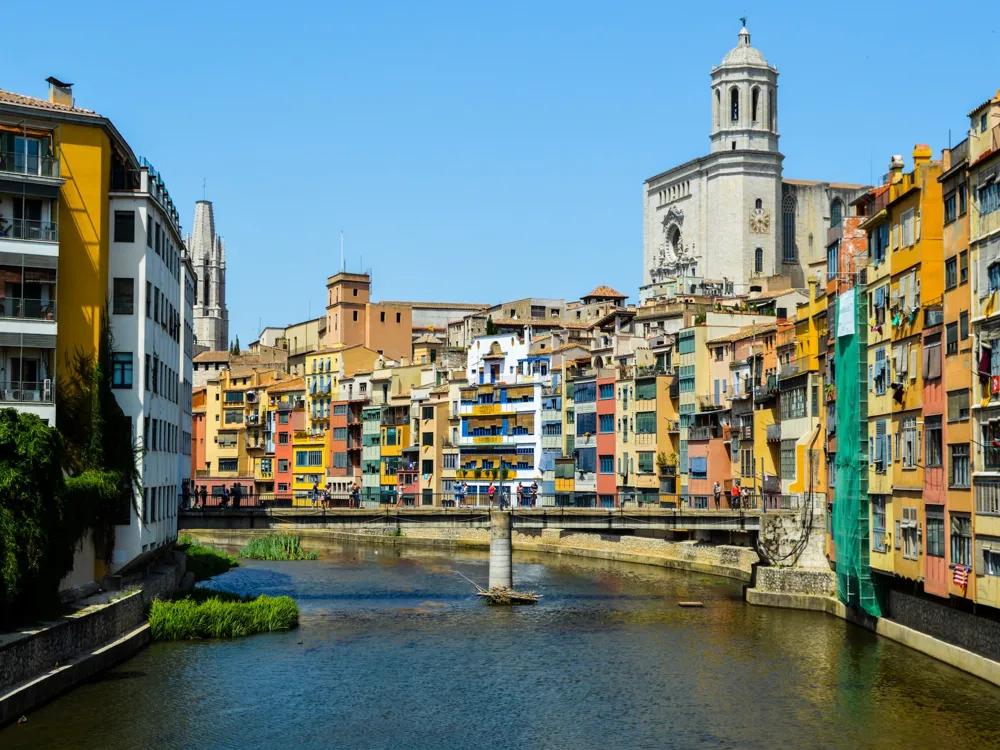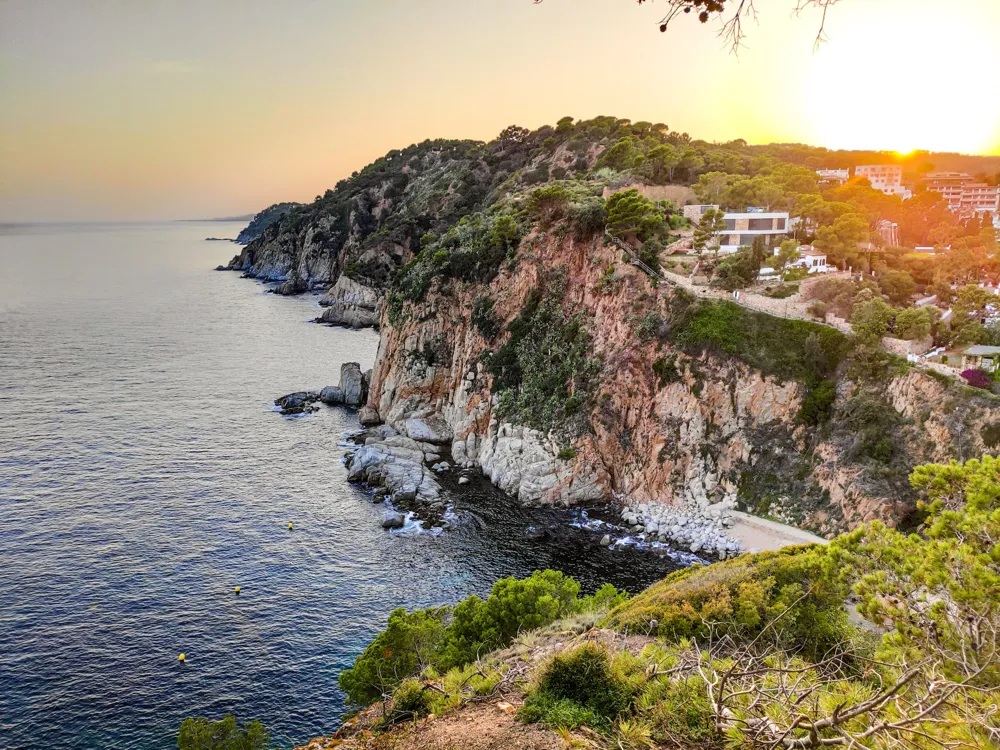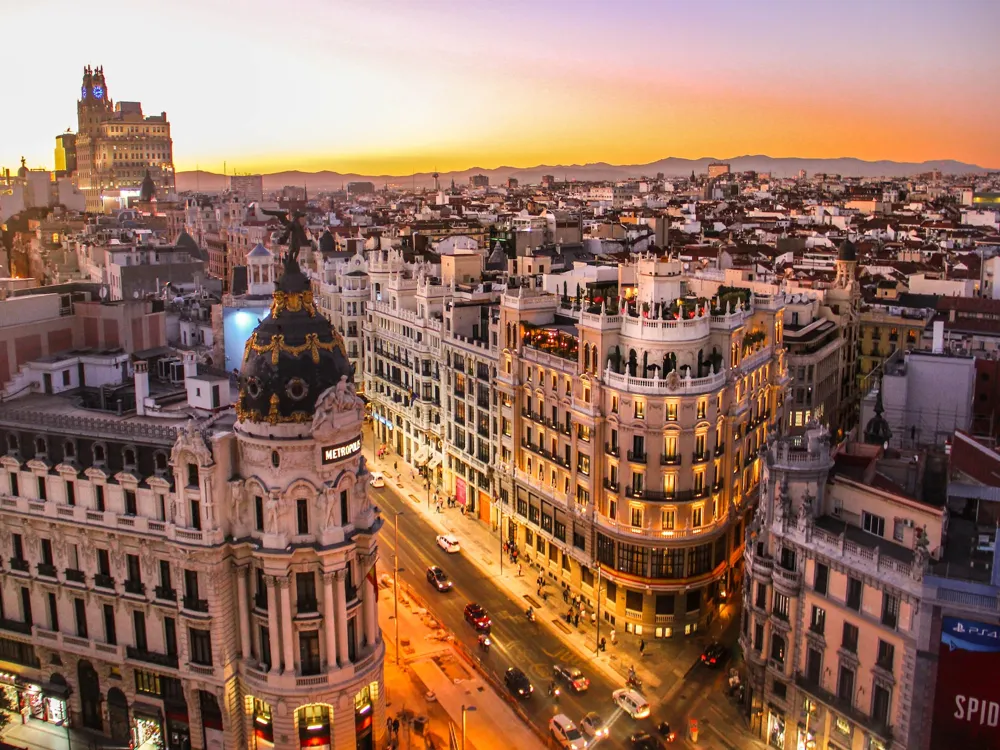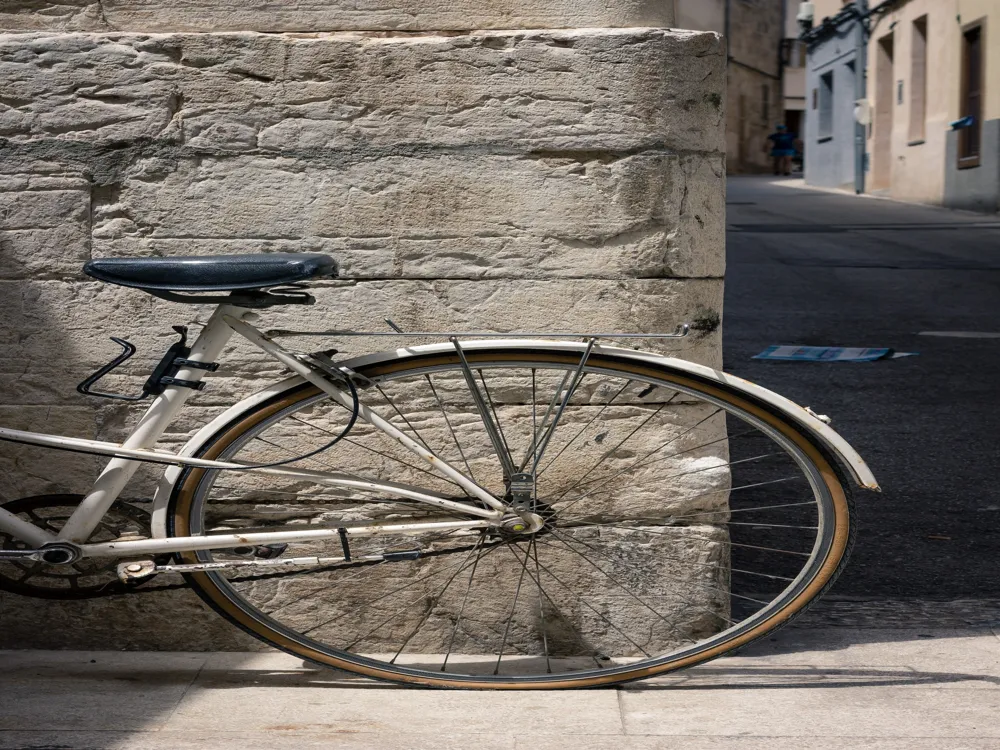Barcelona, the cosmopolitan capital of Spain’s Catalonia region, is renowned for its art, architecture, and vibrant street life. It has a rich medieval history, visible in its Gothic Quarter streets, with a mix of Roman and 20th-century avant-garde art. The city is also famous for the modernist landmarks designed by Antoni Gaudí, such as the Sagrada Família church. Barcelona's Mediterranean climate contributes to its charming beaches, parks, and outdoor cafes, making it a popular destination year-round. The city's cultural richness is evident in its diverse neighborhoods, each with its unique flavor. From the bustling Las Ramblas to the trendy El Born or the picturesque Gracia, Barcelona offers an endless array of experiences. It's also a hub for sports, particularly football, with FC Barcelona being one of the most popular clubs globally. The city's culinary scene is another highlight, featuring a blend of traditional Catalan dishes and innovative cuisine. With its combination of historical grandeur and modern vibrancy, Barcelona stands as a city with something for everyone. Barcelona is a visual delight for architecture enthusiasts, blending Gothic and Modernist elements to create a unique and enchanting cityscape. The Gothic Quarter, or Barri Gòtic, is the heart of old Barcelona, where narrow medieval streets are flanked by the Roman and medieval structures. It’s home to the majestic Barcelona Cathedral, a stunning example of Gothic architecture with intricate facades and a beautiful cloister. However, the city is perhaps best known for its Modernist architecture, largely influenced by Antoni Gaudí. His most famous work, the Sagrada Família, is a masterpiece of Modernist architecture, combining Gothic and curvilinear Art Nouveau forms. Park Güell is another Gaudí creation, offering a surrealistic landscape of colorful mosaics, whimsical sculptures, and panoramic views of the city. Casa Batlló and La Pedrera (Casa Milà) are other notable Gaudí buildings, known for their undulating shapes, intricate facades, and innovative designs. Beyond Gaudí, the city boasts works by other notable architects like Lluís Domènech i Montaner, who designed the Palau de la Música Catalana and Hospital de Sant Pau. These buildings are celebrated for their rich decoration and forms inspired by Catalan Modernisme. The city's commitment to innovative architecture continues into the 21st century, with structures like the Torre Glòries and the W Barcelona hotel reflecting its ongoing evolution. The ideal time to visit Barcelona is during late spring (May-June) or early autumn (September-October). During these periods, the weather is pleasant, and the city isn't overcrowded with tourists. August is usually hot and is the vacation month for locals, leading to a quieter, less vibrant city experience. Barcelona has an efficient public transportation system, including metros, buses, and trams, making it easy to navigate. Purchasing a T-10 ticket or a Barcelona Card can be cost-effective for multiple journeys. The city is also bicycle-friendly, with many dedicated bike lanes and bike rental services. When in Barcelona, indulge in local Catalan cuisine. Tapas, paella, and seafood dishes are must-tries. Explore local markets like La Boqueria for fresh produce and street food. Remember to dine late as locals usually have dinner around 9 pm or later. Understanding and respecting local customs is important. Greet with a handshake or a cheek kiss in social settings. Dress appropriately when visiting religious sites, and be mindful of the siesta tradition, as some shops may close in the early afternoon. Barcelona is generally safe, but like any major city, it has petty crime. Be cautious of pickpockets, especially in crowded tourist areas and on public transport. It’s advisable to keep valuables secure and to be aware of your surroundings. Barcelona is well-connected globally, making it easily accessible by various modes of transport. The Barcelona-El Prat Airport is the main gateway for international tourists, located about 13 km from the city center. It's well-served by numerous airlines with flights from major cities worldwide. For travelers in Europe, high-speed trains such as the AVE connect Barcelona with major Spanish cities like Madrid and Valencia, and international routes link to France and beyond. The city’s extensive road network also makes it accessible by car or bus. Additionally, as a significant cruise port, Barcelona is a popular stop for Mediterranean cruises.Overview of Barcelona
Architecture of Barcelona
Tips When Visiting Barcelona
Best Time to Visit
Getting Around
Local Cuisine
Cultural Etiquette
Safety Tips
How To Reach Barcelona
Casa Amatller
Barcelona
₹ 35,693 onwards
View barcelona Packages
Weather :
Tags : Historical Site
Timings : Monday - Sunday: 10:00 AM - 6:00 PM
Time Required : 1 hour
Entry Fee : General Admission: EUR 24
Facilities : Wheelchair Accessible, Lift with private access to Casa Museu. Free entry for companions of people with disabilities.
Planning a Trip? Ask Your Question
Barcelona Travel Packages
View All Packages For Barcelona
Top Hotel Collections for Barcelona

Private Pool

Luxury Hotels

5-Star Hotels

Pet Friendly
Top Hotels Near Barcelona
Other Top Ranking Places In Barcelona
View All Places To Visit In barcelona
View barcelona Packages
Weather :
Tags : Historical Site
Timings : Monday - Sunday: 10:00 AM - 6:00 PM
Time Required : 1 hour
Entry Fee : General Admission: EUR 24
Facilities : Wheelchair Accessible, Lift with private access to Casa Museu. Free entry for companions of people with disabilities.
Planning a Trip? Ask Your Question
Barcelona Travel Packages
View All Packages For Barcelona
Top Hotel Collections for Barcelona

Private Pool

Luxury Hotels

5-Star Hotels

Pet Friendly







